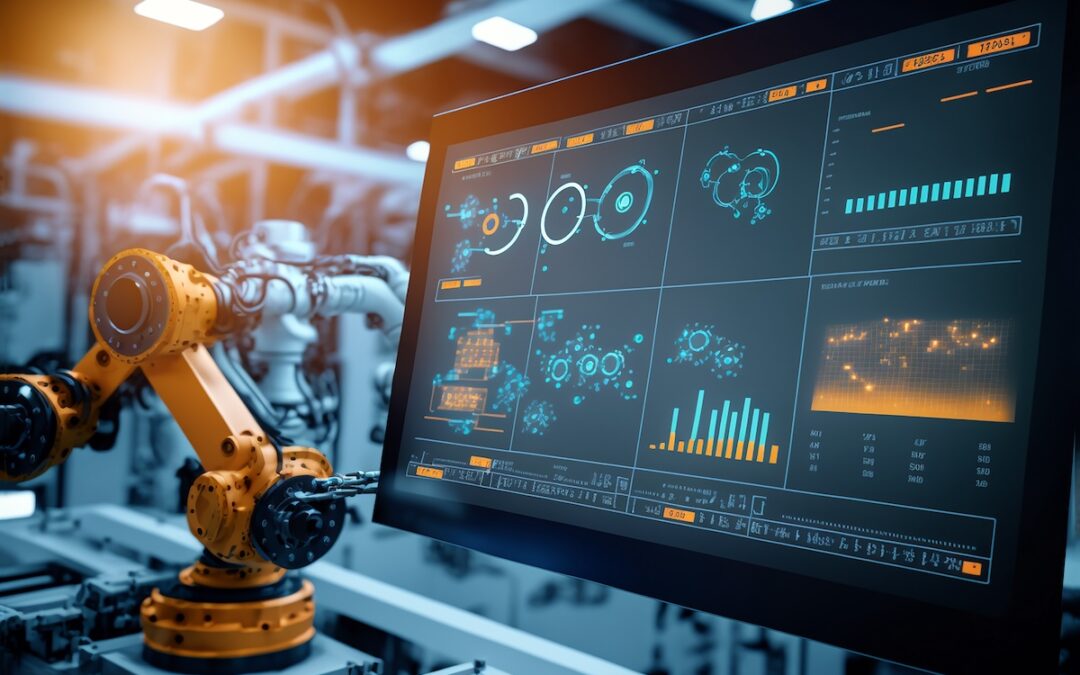In the world of printing press quality control (QC), the use of a stroboscope is becoming increasingly significant. As the demand for high-quality prints grows, so does the need for reliable quality control methods. This article explores how the stroboscope plays an essential role in ensuring printing precision and maintaining quality standards. By understanding the functionality and application of stroboscopes, industry professionals can enhance their QC processes effectively.

Understanding the Basics of a Stroboscope
The stroboscope is an instrument used to make a cyclically moving object appear to be slow-moving or stationary. It is widely used in various industries, including the printing industry, for quality control purposes. By using a stroboscope, printing operators can visually inspect the print quality on high-speed presses.
Components of a Stroboscope
A typical stroboscope consists of a light source, a timing circuit, and a trigger mechanism. The light source, often a LED or a xenon flash tube, emits short, intense flashes of light. The timing circuit controls the flash rate, allowing for precise synchronization with the moving parts of the printing press.
How Stroboscopes Work
The working principle of a stroboscope involves flashing light at a specific frequency to match the motion of the object being observed. This creates an optical illusion, making the moving components appear stationary. This effect allows operators to conduct detailed inspections without halting the press, thereby minimizing downtime.
Role of Stroboscopes in Printing Press QC
The integration of stroboscopes in printing press QC has revolutionized the industry by offering several benefits:
Improved Defect Detection
One of the primary advantages of using a stroboscope is its ability to detect flaws in real-time. Operators can identify issues such as misalignment, incorrect color registration, or streaks on the print media. This immediate feedback enables quick corrections, ensuring that the final output meets the desired standards.
Enhanced Production Efficiency
By allowing inspections without stopping the press, stroboscopes significantly enhance production efficiency. This continuous operation reduces the time and cost associated with frequent machine stoppages, leading to improved productivity and profitability for printing businesses.
Quality Assurance in High-Speed Printing
High-speed presses pose unique challenges for quality control. With a stroboscope, operators can monitor the print quality even at rapid speeds. This capability ensures that high-volume print jobs maintain consistent quality, meeting customer expectations.
Applications Beyond Printing
While the focus here is on printing press QC, it’s worth noting that stroboscopes are used in various other industries. For instance, they play a crucial role in automotive part inspection by detecting vibrations and ensuring component integrity. This versatility makes them an invaluable tool across sectors.
Choosing the Right Stroboscope for Your Needs
When selecting a stroboscope for your printing operations, consider factors such as flash rate, light intensity, and ease of use. It’s essential to choose a model that aligns with your specific QC requirements to maximize its effectiveness.
Evaluating Flash Rate and Light Intensity
The flash rate determines how frequently the light flashes, which should match the speed of the printing press. Similarly, the light intensity should be sufficient to illuminate the area being inspected without causing glare or reflections.
User-Friendly Interface
A stroboscope with a user-friendly interface allows operators to adjust settings easily and quickly. This feature is particularly important during high-pressure situations where rapid adjustments may be necessary to maintain quality control.
Implementing Stroboscopes in Your QC Process
Integrating stroboscopes into your QC process requires a strategic approach. Start by training your staff on its operation and troubleshooting. Regular maintenance and calibration are also vital to ensure optimal performance.
Staff Training and Competency
Proper training ensures that your team can effectively utilize the stroboscope for inspections. Competency in its use will lead to more accurate defect detection and better overall quality control.
Maintenance and Calibration
Regular maintenance and calibration of your stroboscope are crucial for sustained performance. Ensure that your team follows the manufacturer’s guidelines to keep the device in peak condition.
Future Trends in Stroboscope Technology
The field of stroboscope technology is continually evolving. Innovations such as advanced LED lighting and digital controls are enhancing their capabilities. Staying informed about these trends can help your business remain competitive in the printing industry.
Advanced LED Technology
LED technology offers several advantages, including longer lifespan, lower energy consumption, and improved light quality. These benefits make LEDs an ideal choice for modern stroboscopes.
Integration with Digital Systems
The integration of stroboscopes with digital systems allows for automated QC processes. This integration enables seamless data collection and analysis, leading to more informed decision-making.
Conclusion
Incorporating a stroboscope into your printing press QC can significantly enhance your quality control processes. By understanding its functionality and applications, you can ensure that your print outputs consistently meet high standards. As technology advances, staying abreast of new developments will further solidify your position in the industry.

FAQs
What is the primary function of a stroboscope in printing press QC?
A stroboscope is used to inspect print quality by making moving components appear stationary, allowing operators to identify defects without stopping the press.
How does a stroboscope improve production efficiency?
By allowing continuous inspection during operation, a stroboscope reduces downtime and increases overall production efficiency by minimizing machine stoppages.
Are there other industries where stroboscopes are used?
Yes, stroboscopes are also used in industries like automotive, where they help in detecting vibrations and ensuring component integrity. For more information, visit Monarch Instrument.
This article contains affiliate links. We may earn a commission at no extra cost to you.
